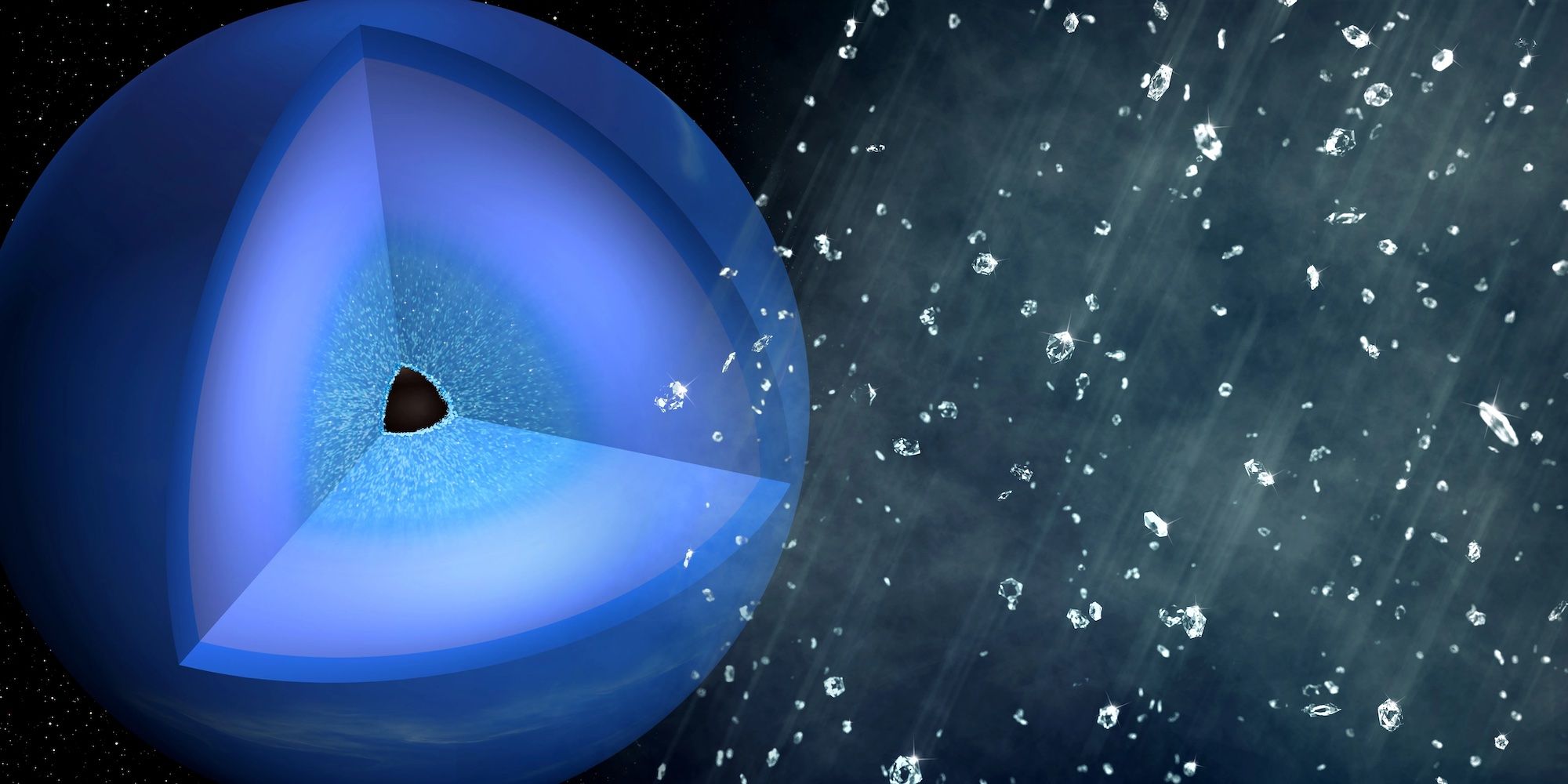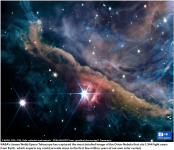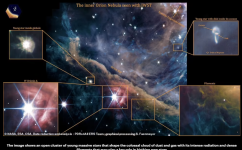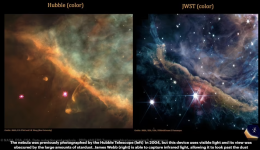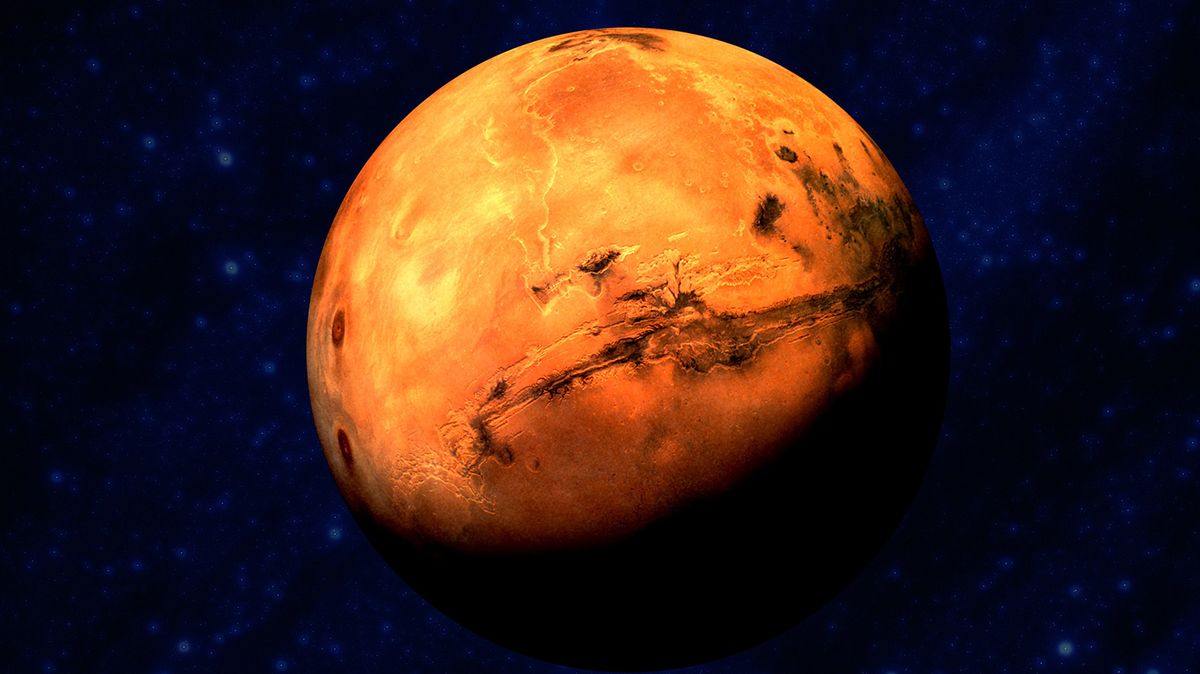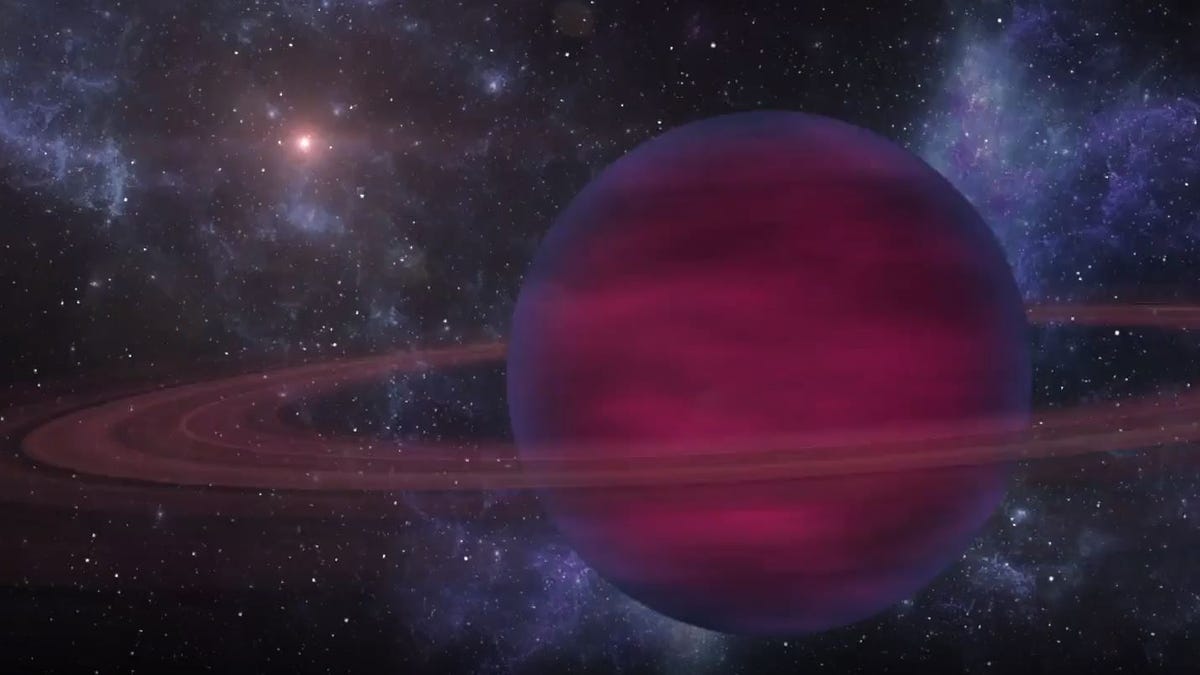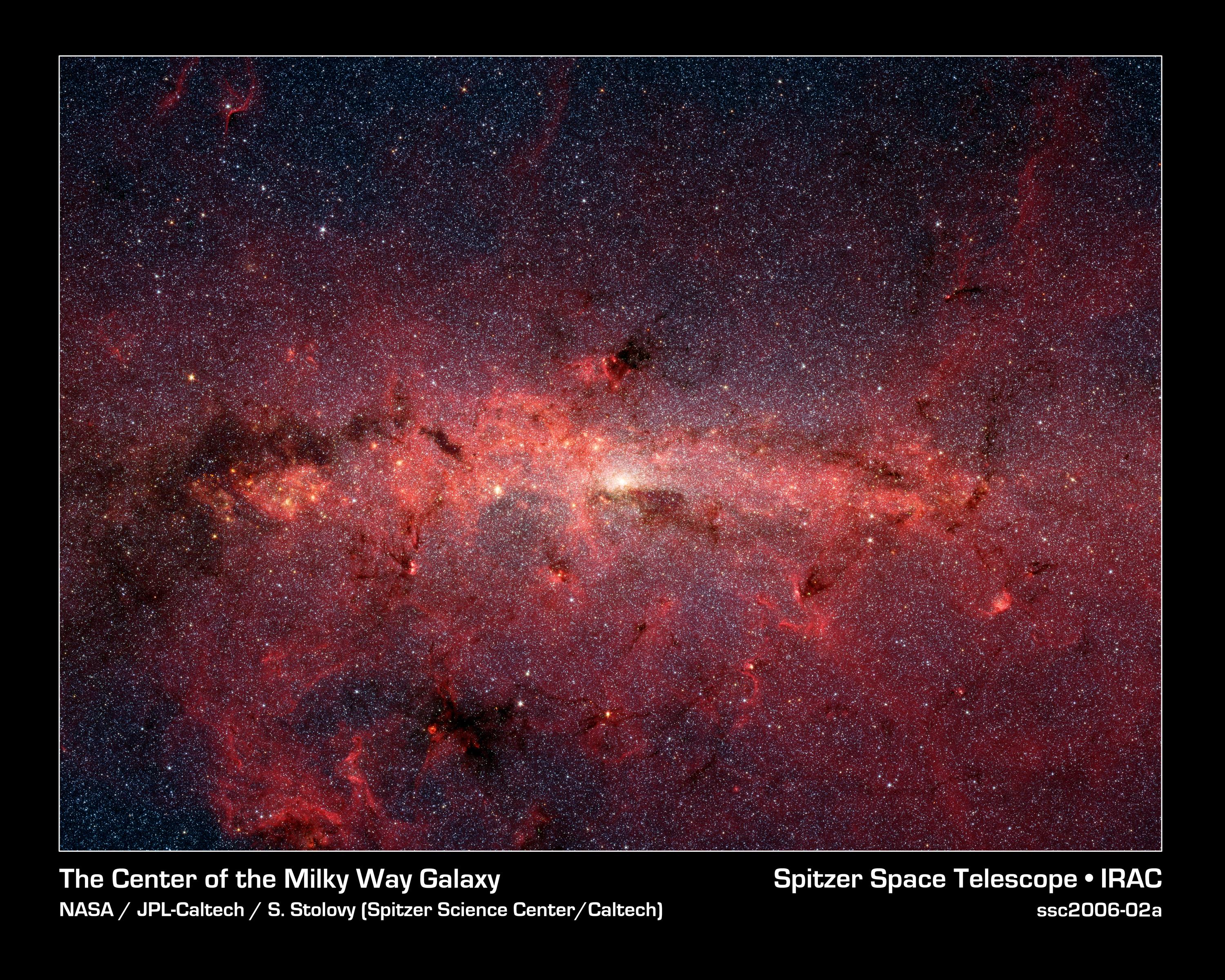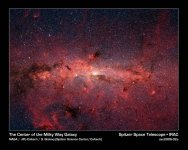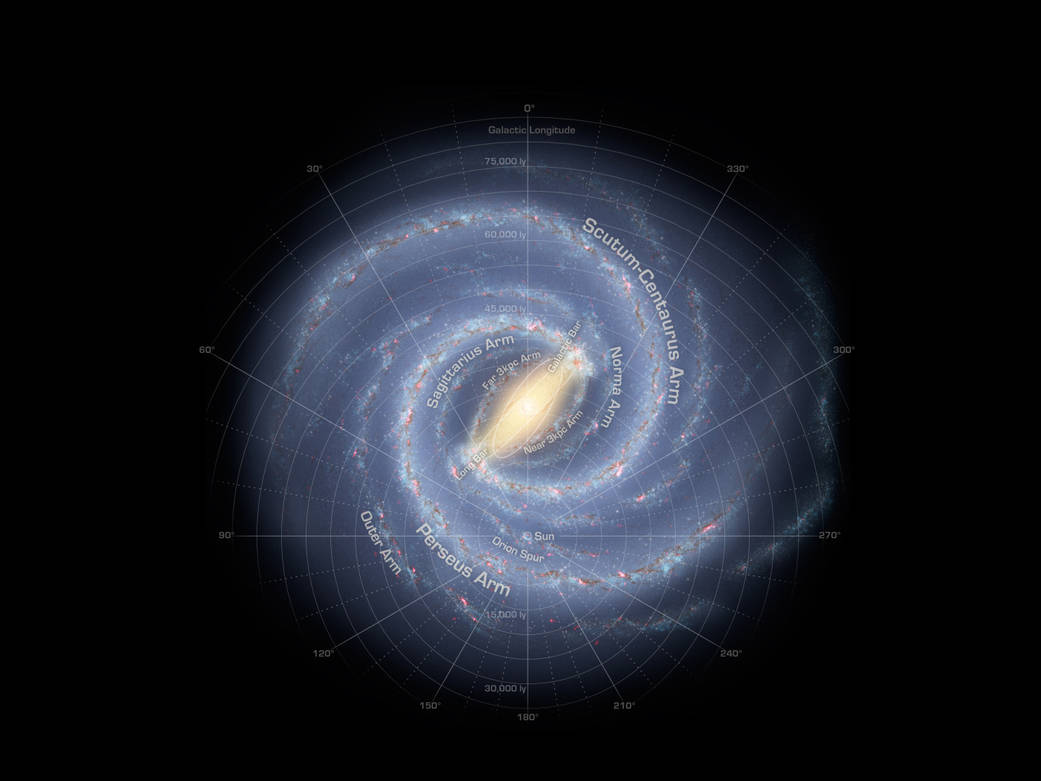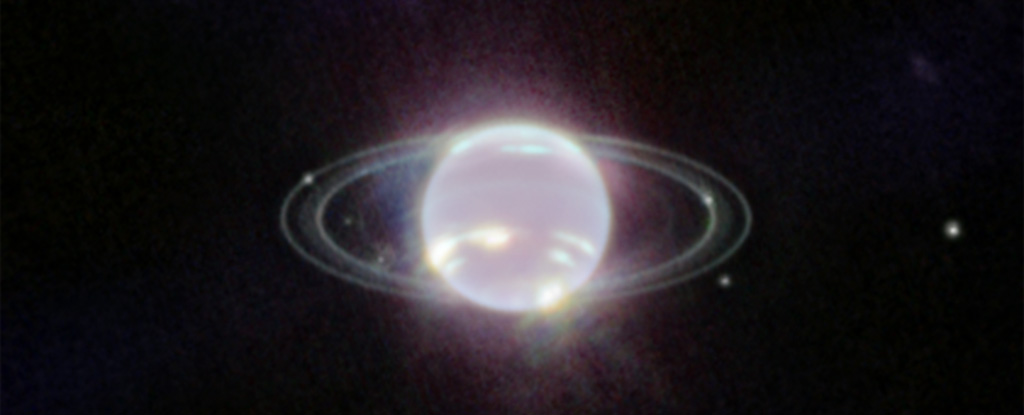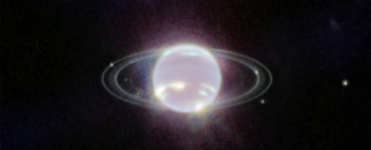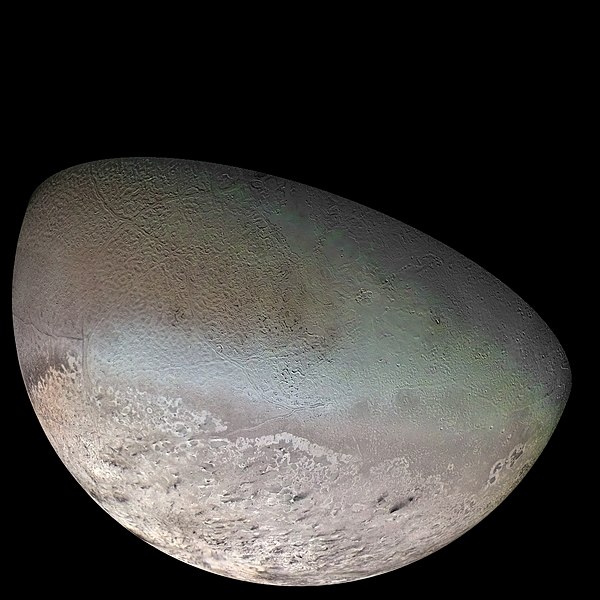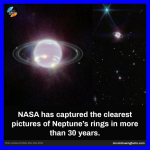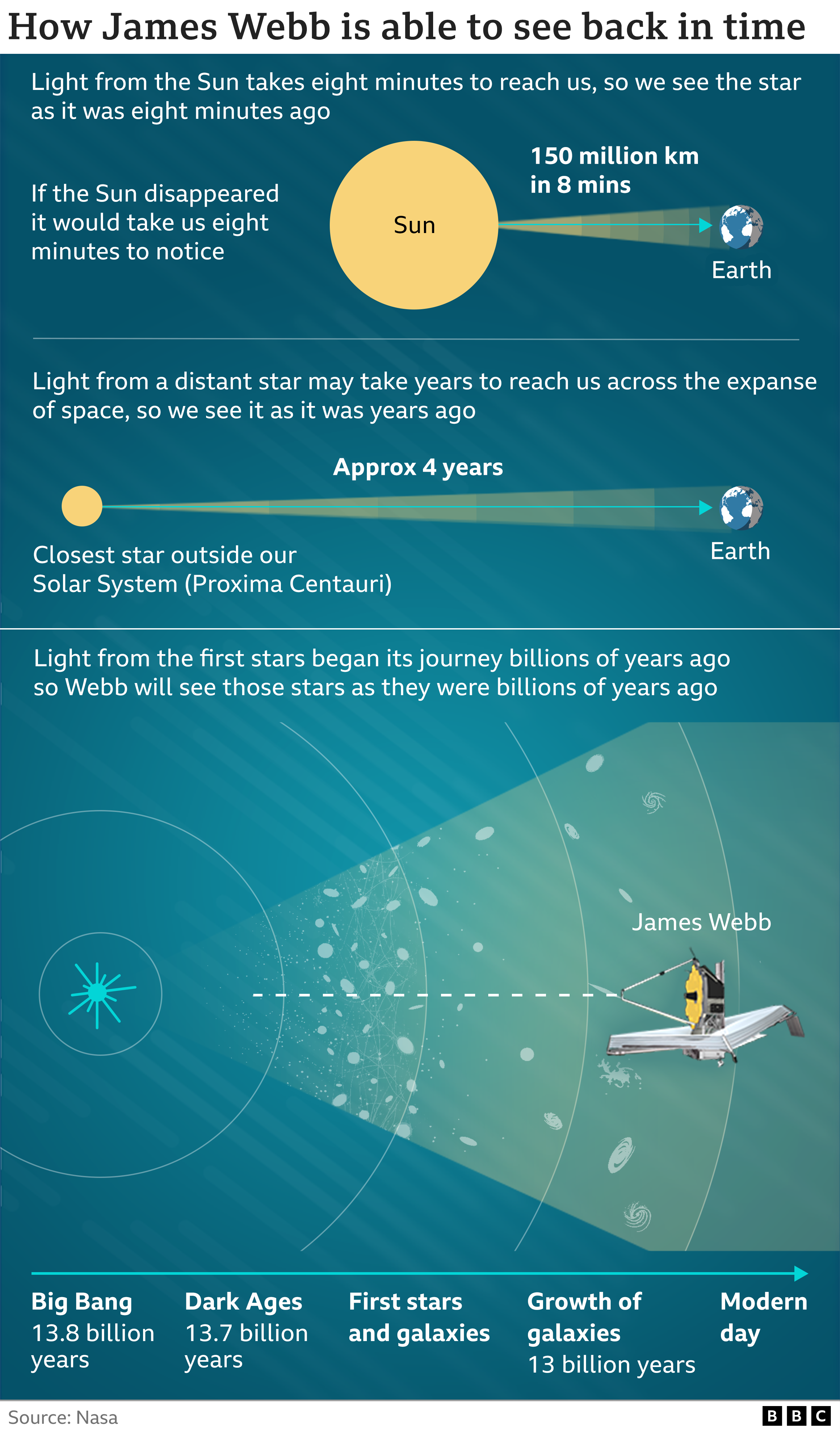- Joined
- Sep 27, 2020
- Messages
- 21,356
- Reaction score
- 17,689
- Gender
- Male
- Political Leaning
- Other
in the meantime;Yes indeed. As the US is a great partner in other Big Science projects like ITER and the ISS.
Lead partners attract the actual scientists and engineers, though. We should not be lulled by the feeling of international cooperation, to overlook "brain drain" or the attraction of European lifestyle to our scientists. They may go for the science, but stay for the croissants!
The US leads the world in detecting gravitational waves. The next great observatory should be built in space, and the US is best positioned to do that.
LIGO resumes work in 2023 and will catch gravitational wave signals fainter than ever
By Robert Lea published July 05, 2022, The gravitational wave detector will be able to spot neutron star mergers as distant as 620 million light-years away.
An artist's view of the merger of a black hole and a neutron star spotted by LIGO/Virgo/KAGRA in 2020. (Image credit: Carl Knox, OzGrav — Swinburne University)
Following two years of upgrades, the Laser Interferometer Gravitational-Wave Observatory (LIGO) is almost ready for its next operating run, which is set to begin in March 2023.
During this fourth operating run (O4) LIGO
— which comprises two detectors, one in Washington and one in Louisiana
— will be joined by two other gravitational wave observatories: the Virgo interferometer, in Italy, and the Kamioka Gravitational Wave Detector (KAGRA), in Japan.
A Space-Based Gravitational Wave Observatory Is a Step Closer to Reality. The planned LISA mission would involve three spacecraft flying in formation over a million miles apart.
By n Isaac Schultz 5/05/22 4:55 PM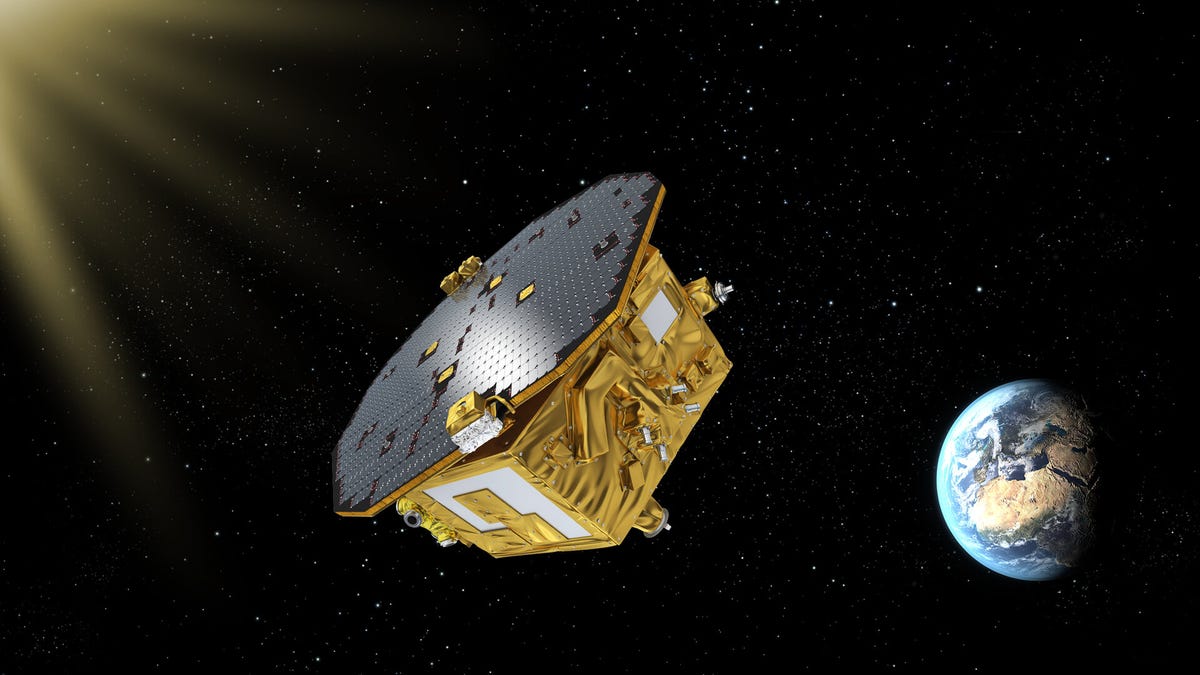
A Space-Based Gravitational Wave Observatory Is a Step Closer to Reality
The planned LISA mission would involve three spacecraft flying in formation over a million miles apart.
 gizmodo.com
gizmodo.com
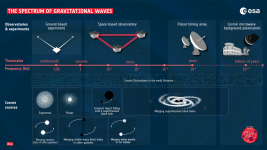
A proposal for the first-ever space-based observatory for studying gravitational waves just passed a vital feasibility review with flying colors. The mission is called LISA—the Laser Interferometer Space Antenna—and it cleared Phase A of its mission lifetime cycle, the process by which missions are dreamt up and then created.
Led by the European Space Agency in collaboration with NASA, LISA is made up of three spacecraft that will orbit the Sun in a triangular formation.
Each ‘side’ in that triangle will be 1.5 million miles long.
As an interferometer (like the ground-based LIGO), LISA will very precisely keep track of the distance between the three spacecraft. When a passing gravitational wave causes a distortion in spacetime, LISA will detect it as the distance between its spacecraft briefly changes.
LISA will also be able to detect where in the sky the gravitational wave came from.


